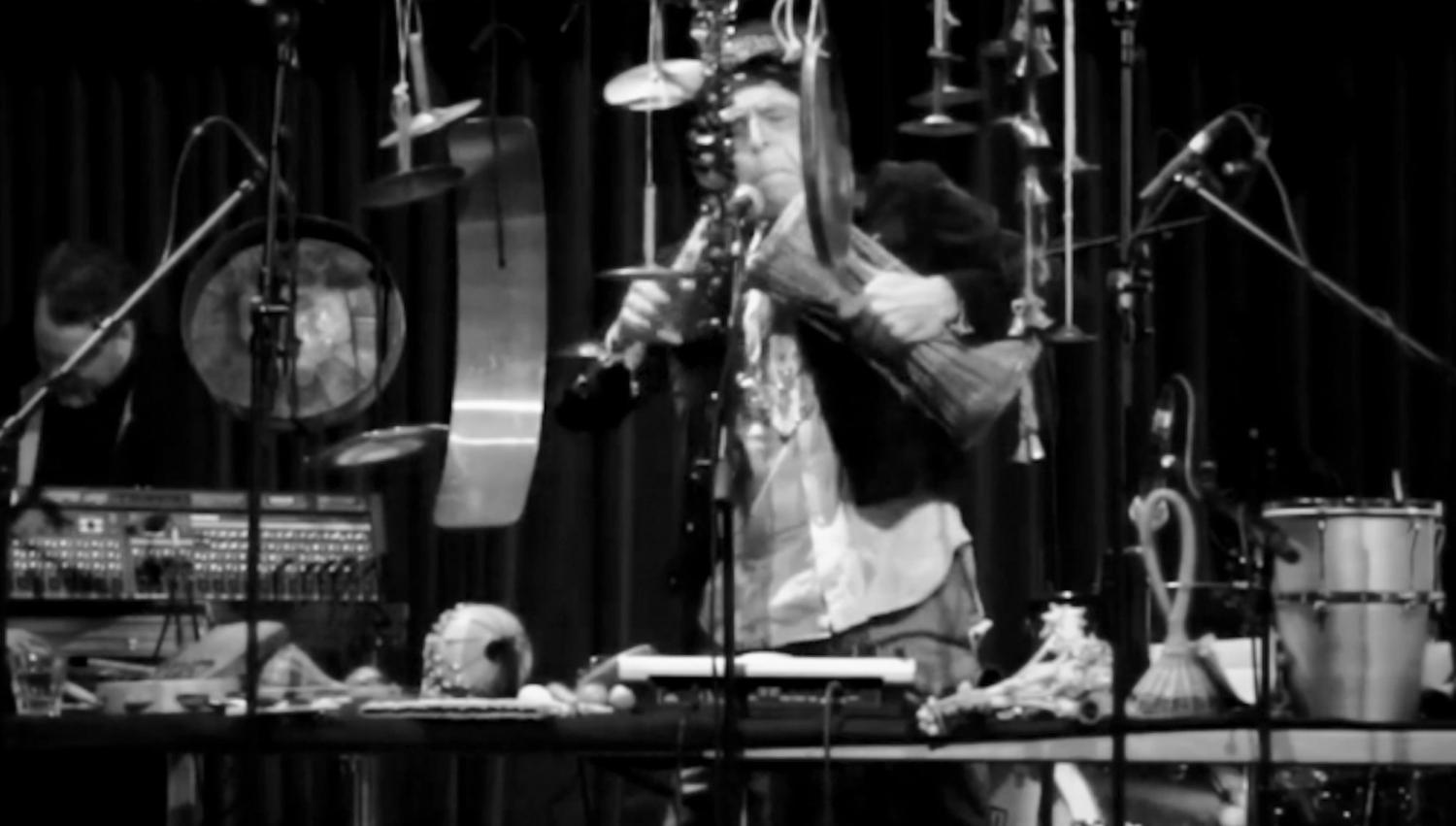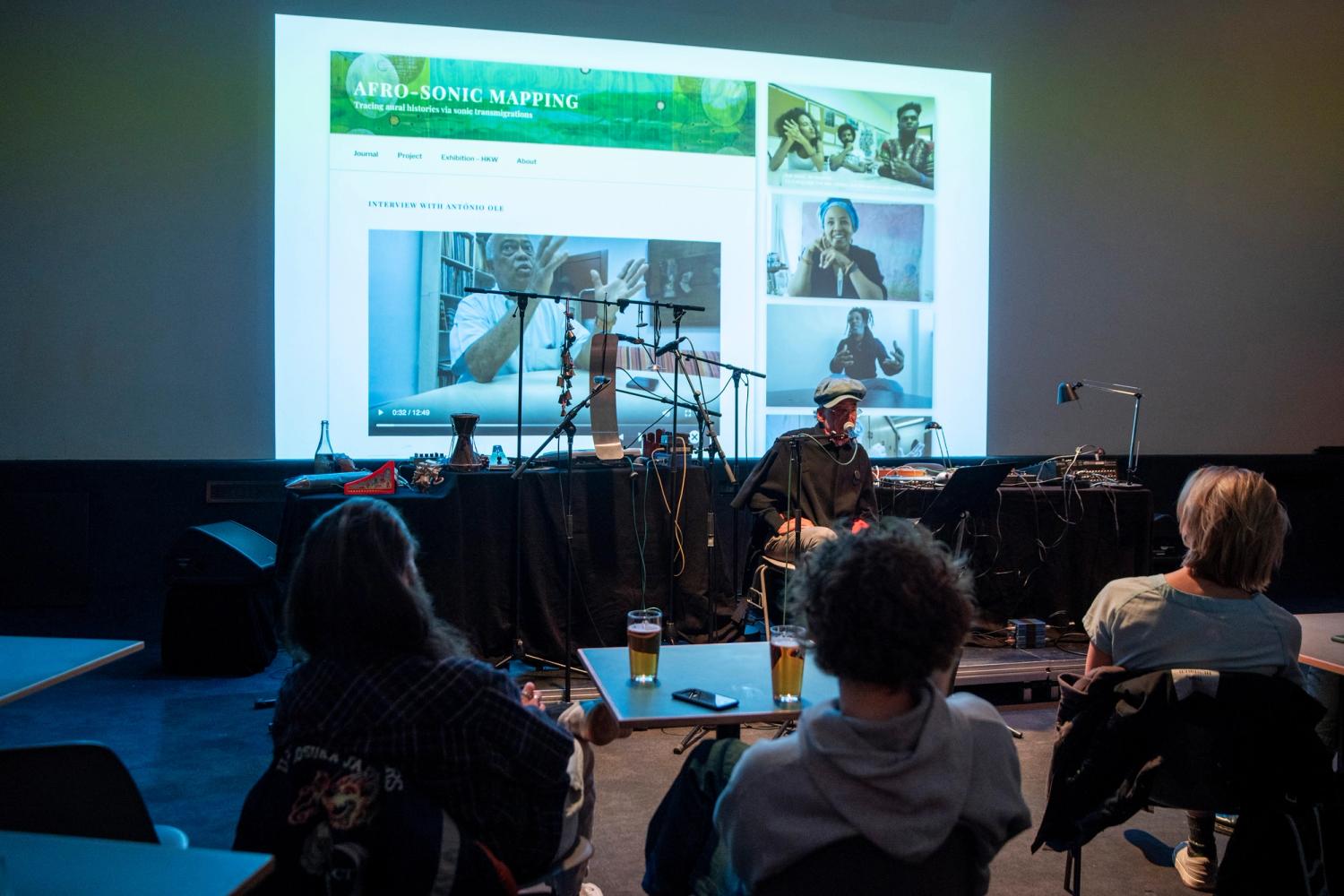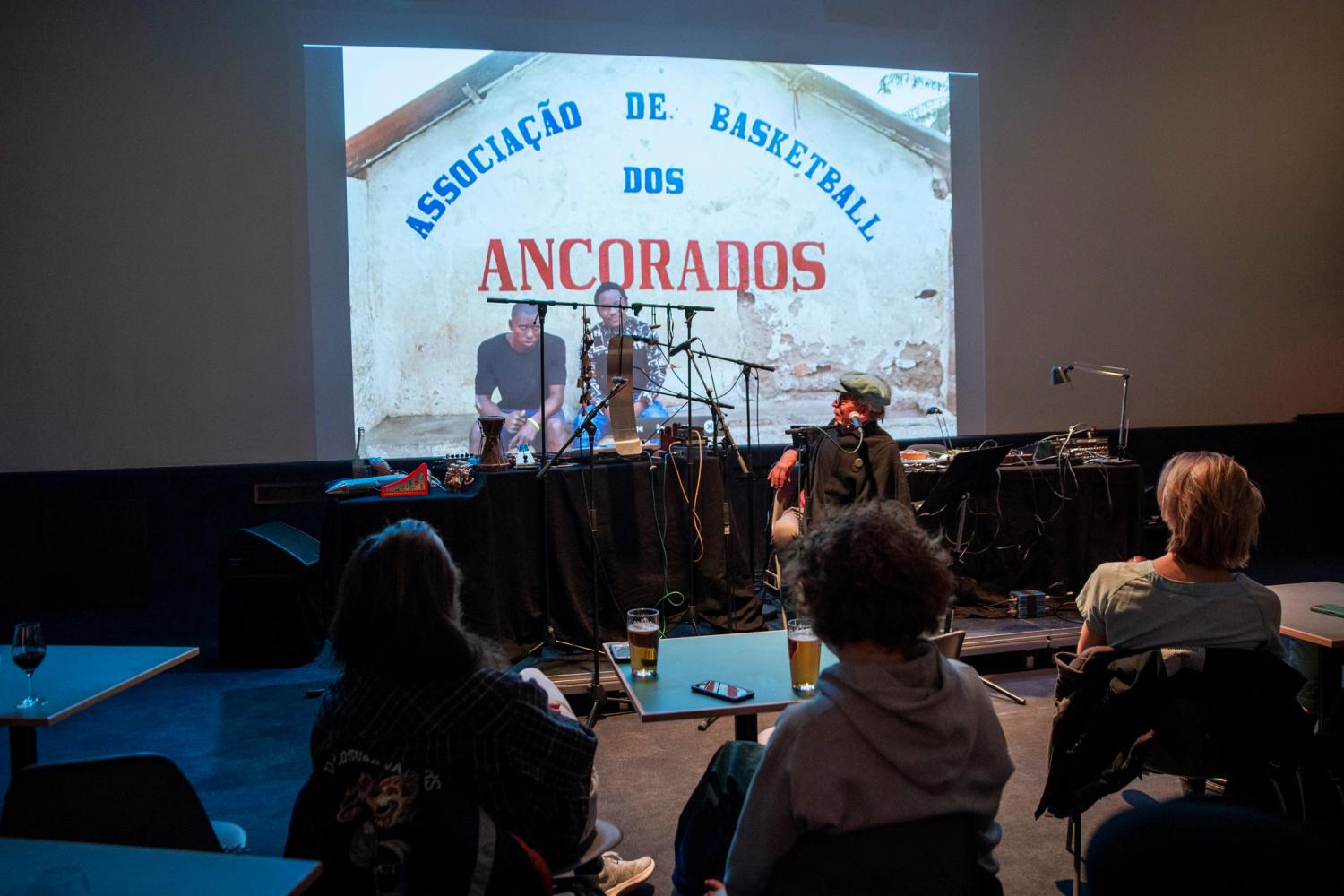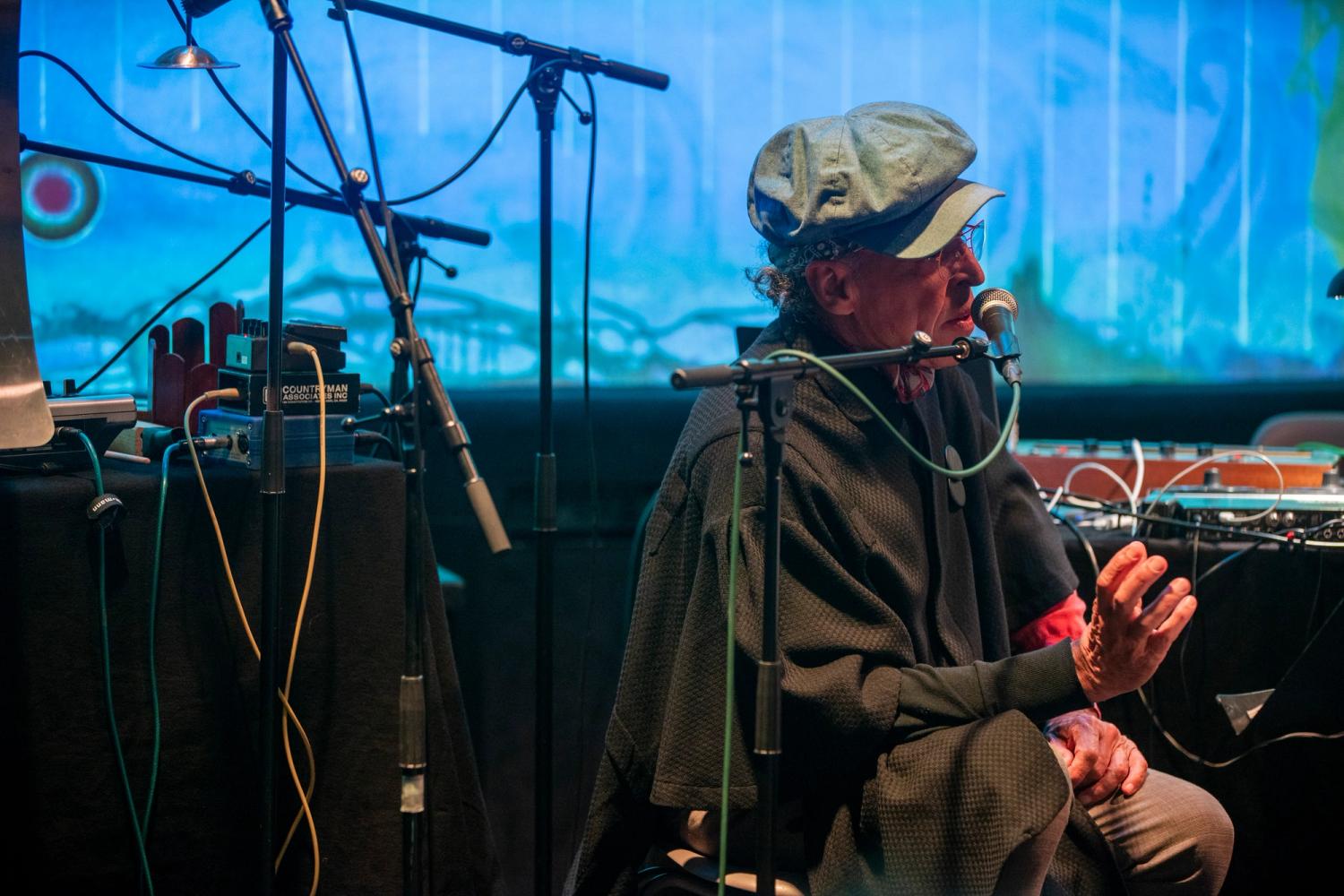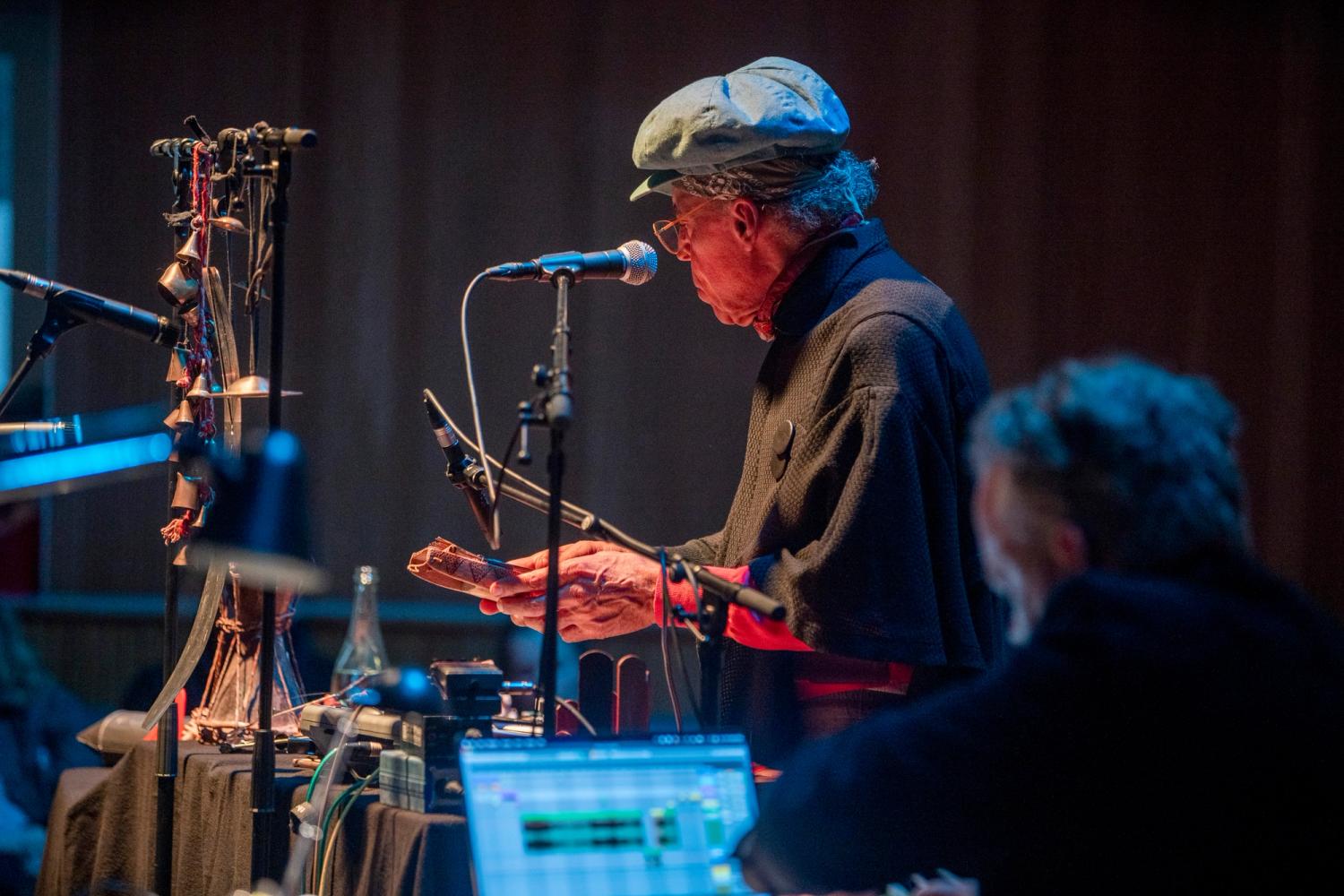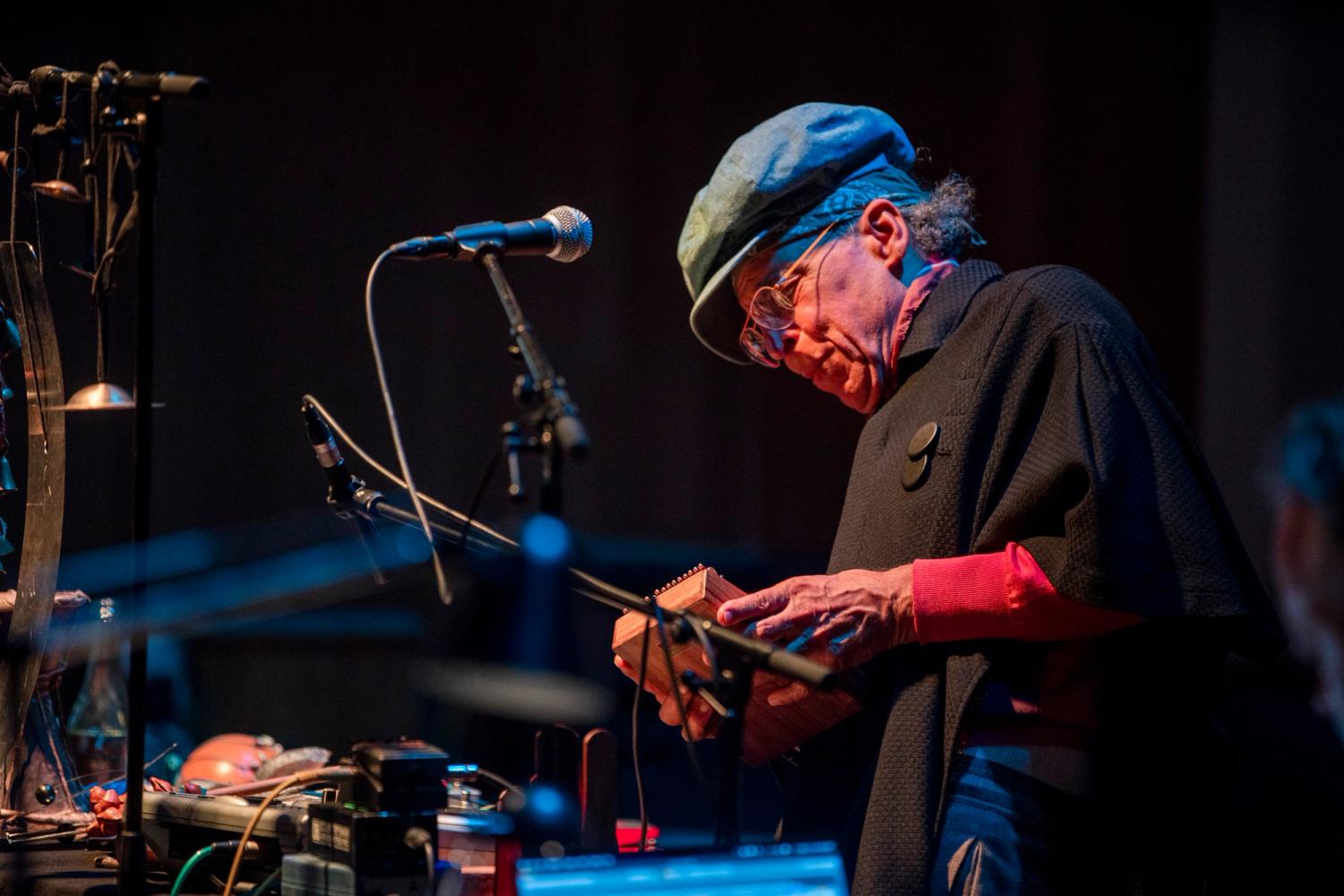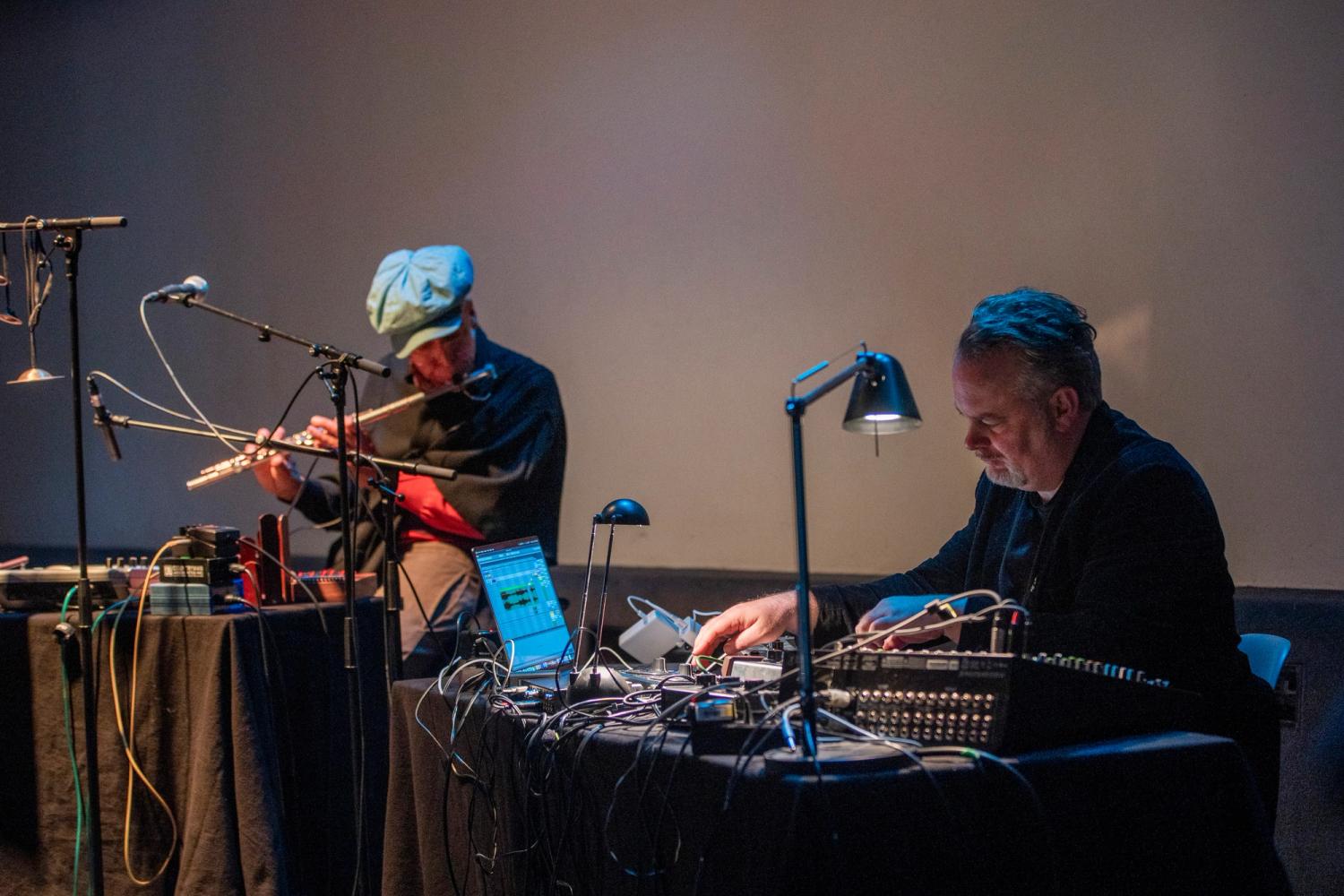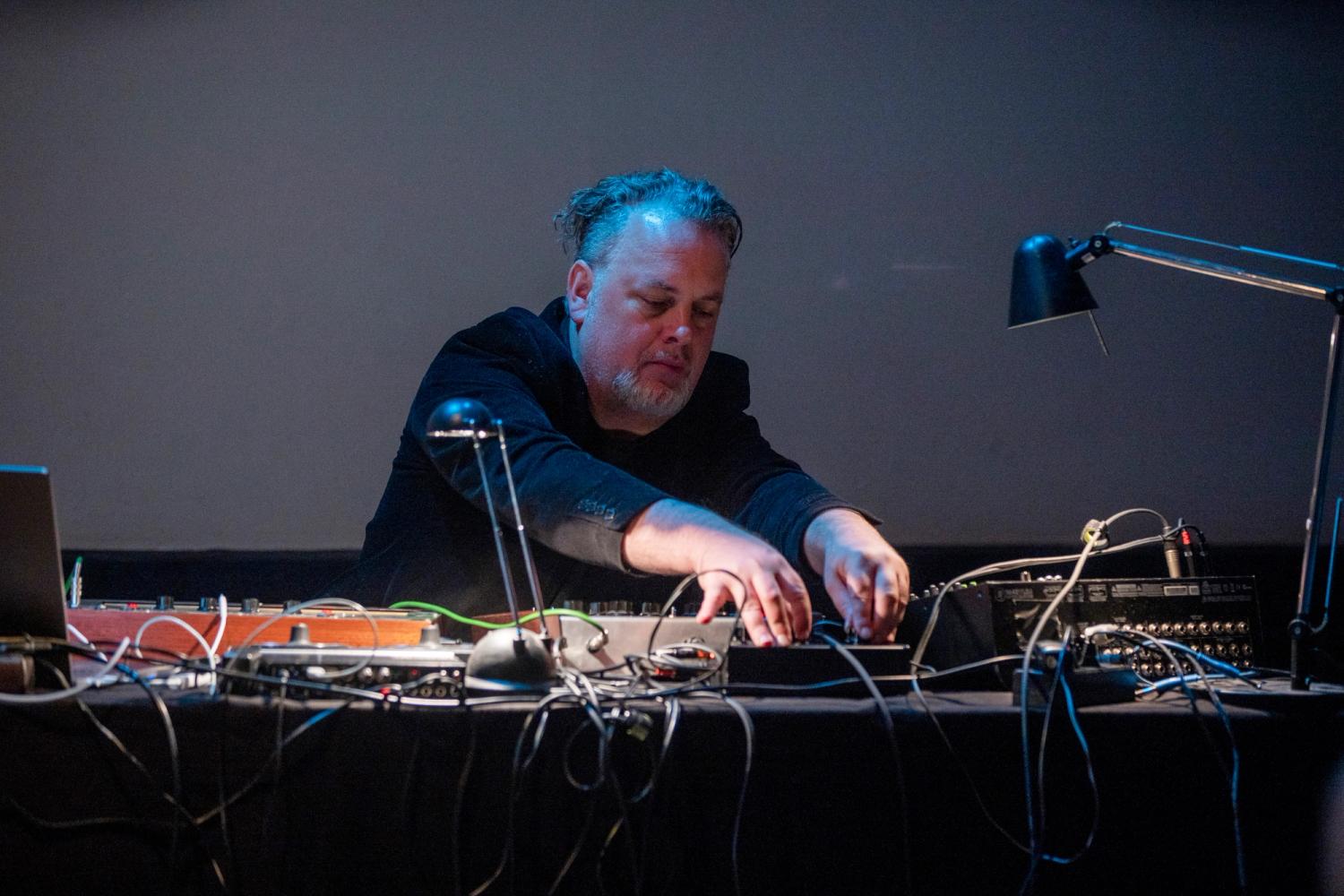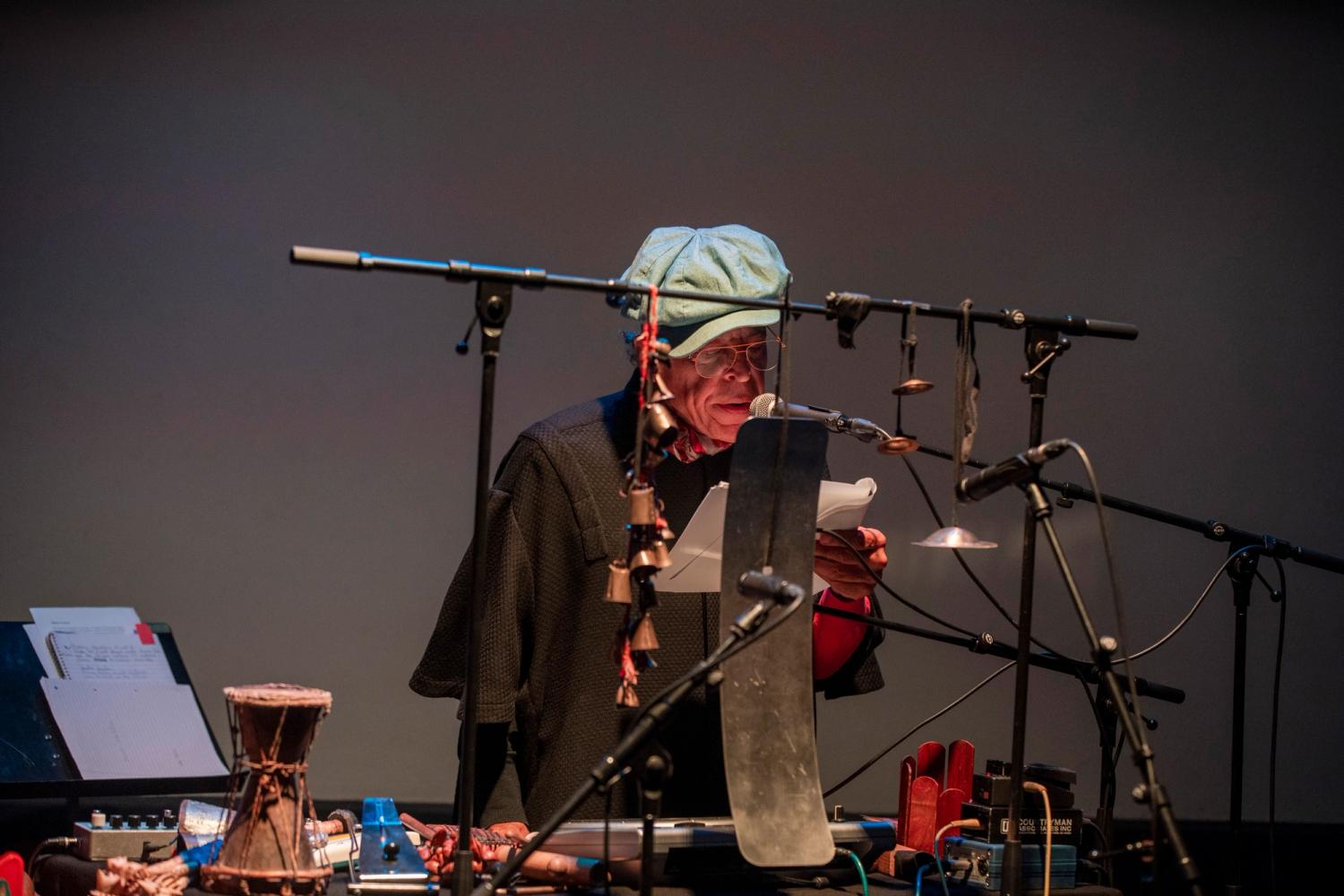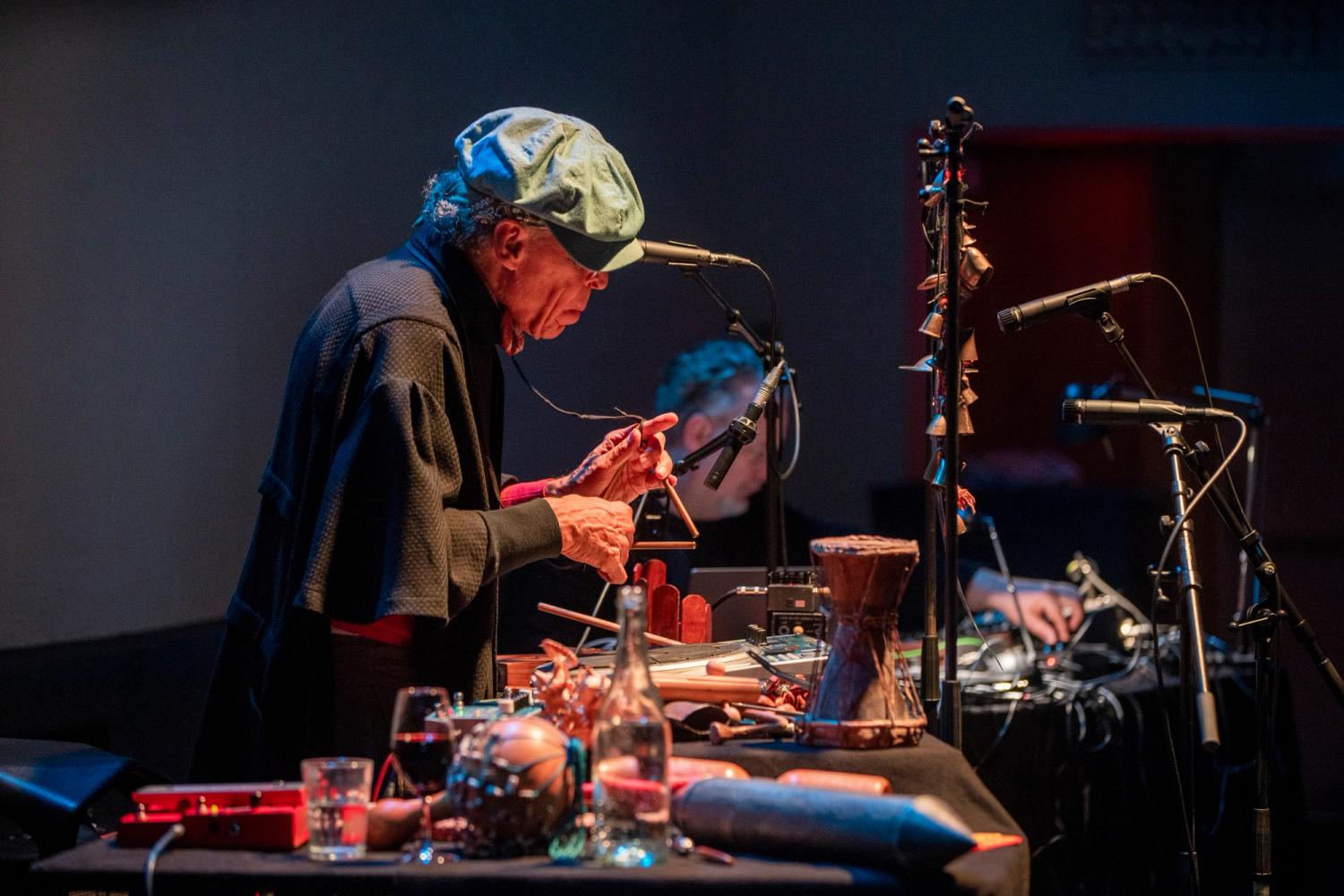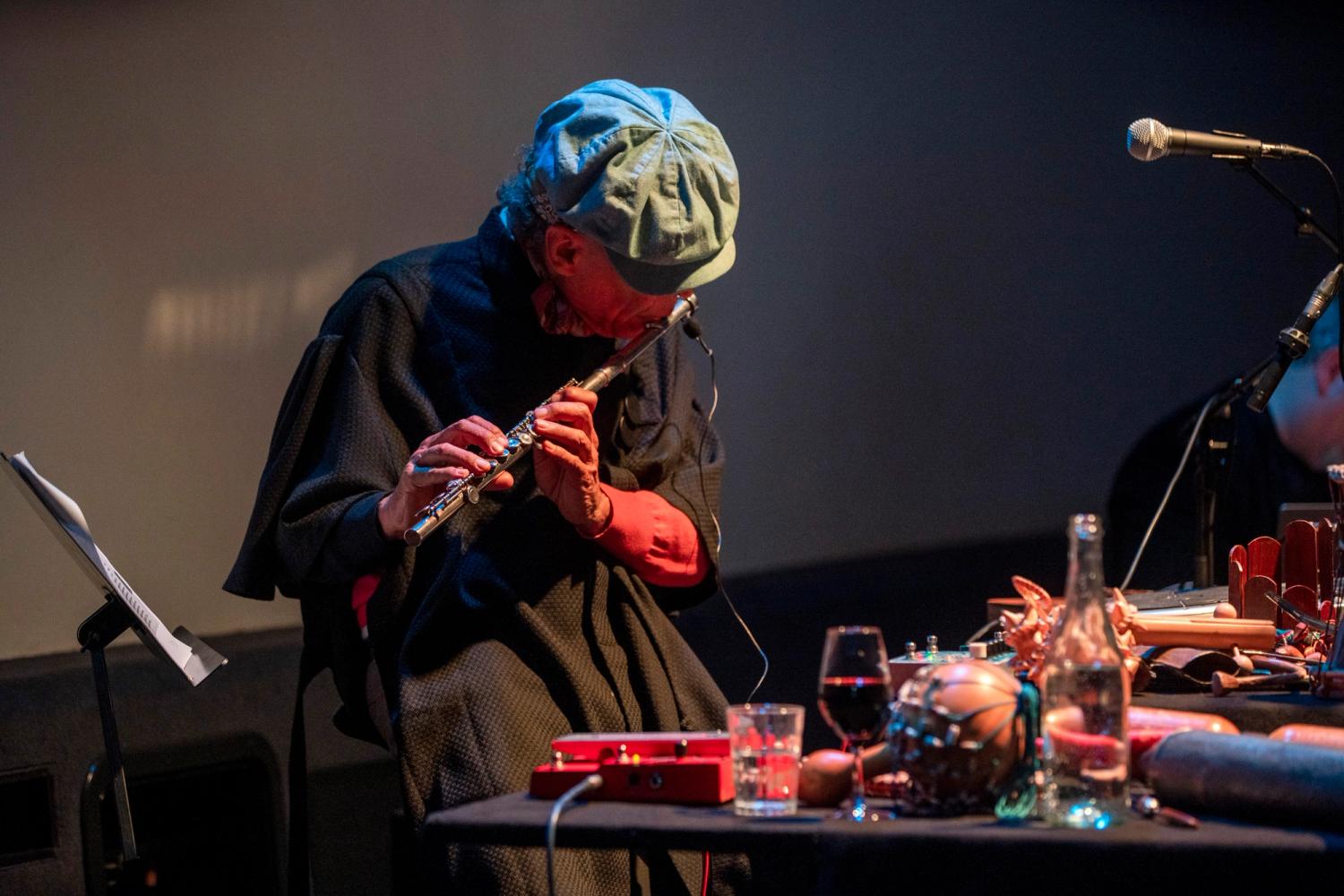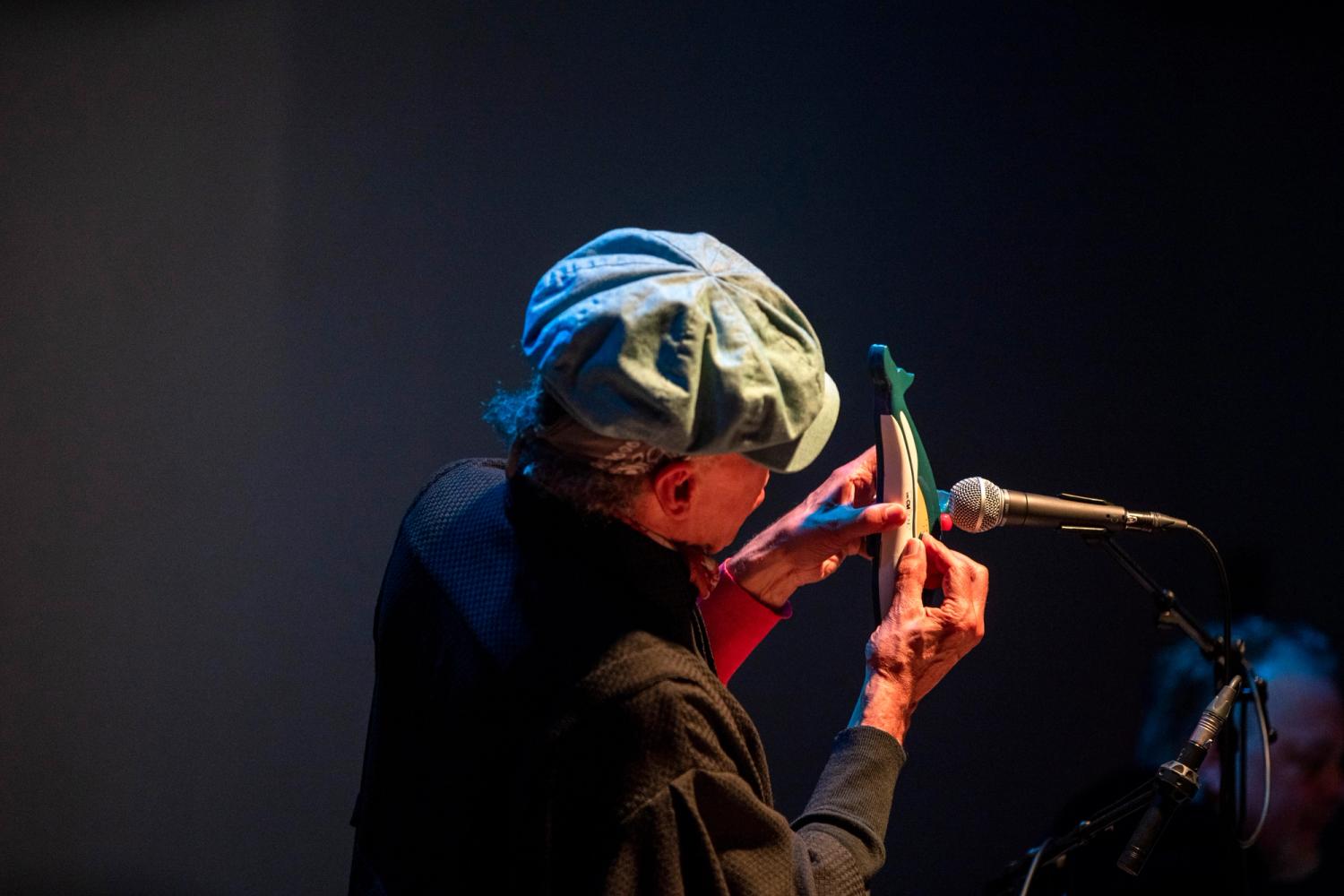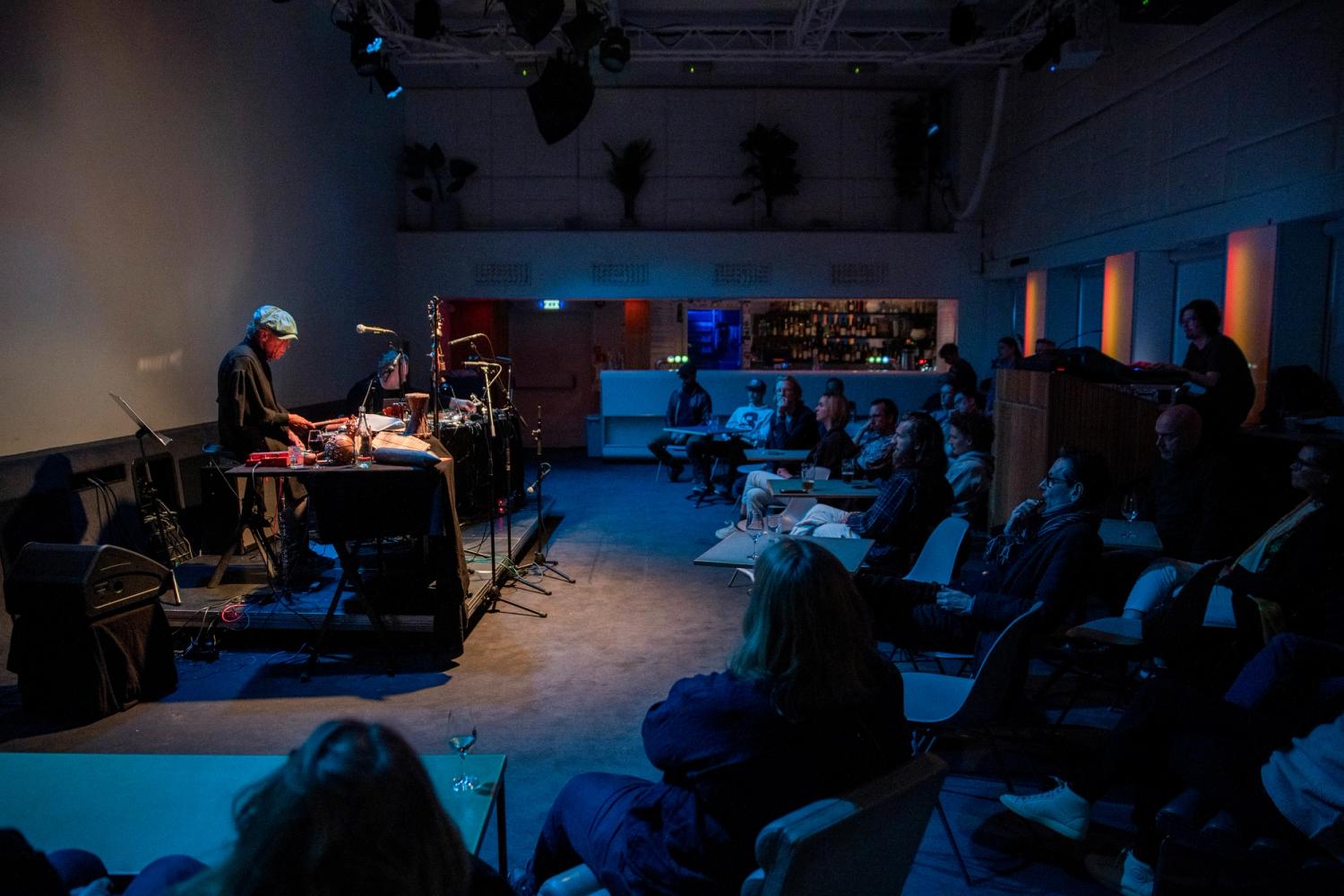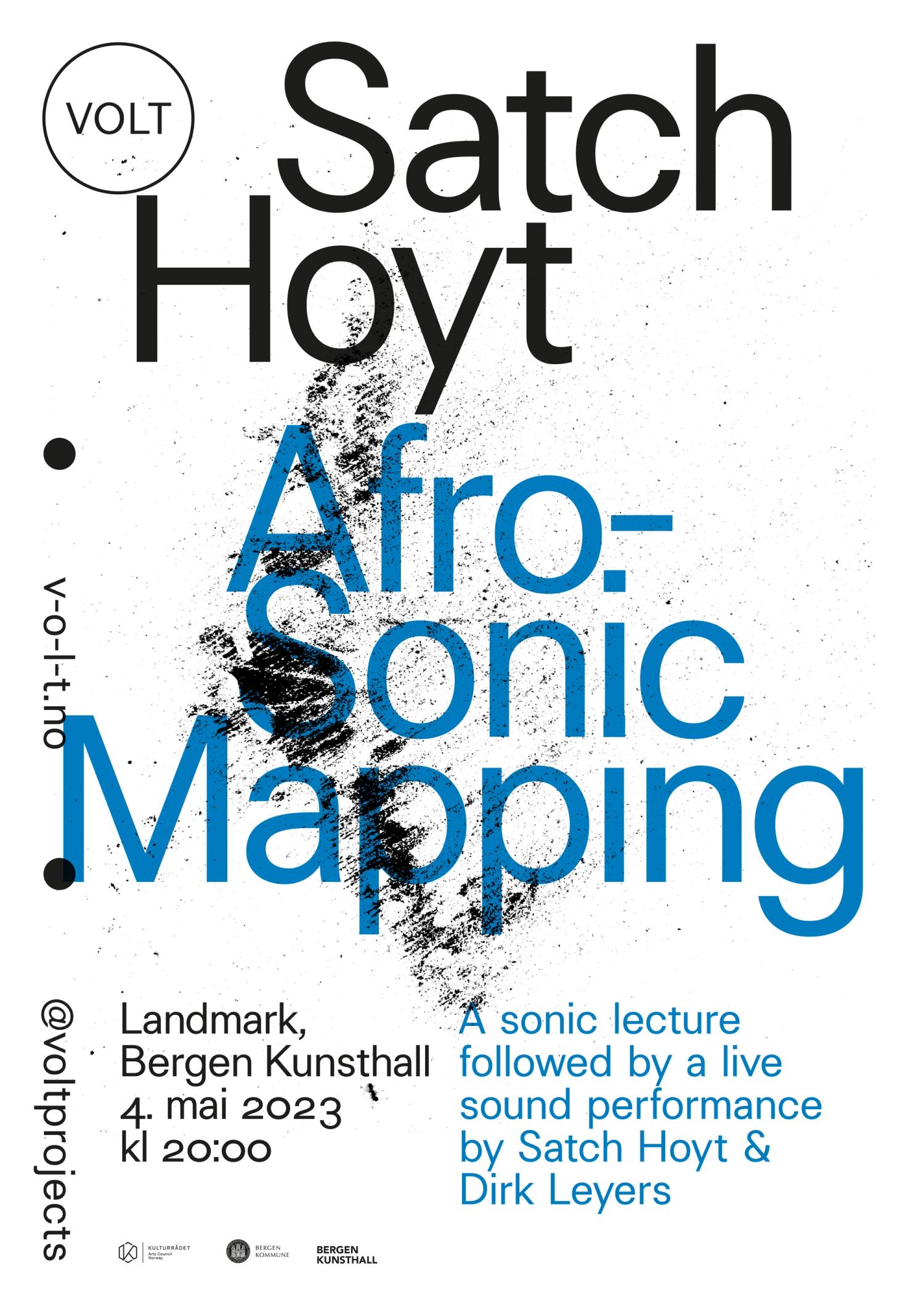A sonic lecture by the artist Satch Hoyt, followed by a live sound performance by Hoyt and Dirk Leyers, accompanied by acousmatic elements.
Imagine a counter-journey through a multi-media mixing board of Afro-sonic resistance beginning on the southwest coast of Africa in 1481 and playing back live the layered improvisations of musicians and artists from Angola, Brazil, the Democratic Republic of the Congo and Portugal. With breath-taking scope, Hoyt has scrambled the signals of settlers and colonial theft. He chronicles here his archival research and exuberant artistic collaborations across a map of Afro-sensibility that resoundingly displays that culture is a living activity and a practice of creative hospitality. Tsitsi Ella Jaji, author of Africa in Stereo: Music, Modernism and Pan-African Solidarity (2014).
Hoyt’s performance Un-Muting activates a sonic restitution that attempts to unsettle colonial attitudes, including hegemonic custodian tropes, whilst reclaiming the Black past, present and future. The process entails gaining access to collections of musical instruments from the African continent that have been sequestered in the storage facilities of ethnographic museums since the advent of colonial invasions. Hoyt then releases these instruments from their state of dormancy and activates them by playing them and recording on site the sounds they emit.
To these recordings, the artist adds further electronic and acoustic layers in the studio, resulting in a performance of ancient and modern sounds that collapses time and highlights the contemporaneity of these historic instruments. This restoration of sonic identity not only returns the instruments to their original function but enables them to break free from their incarceration within Western institutions and the Western aesthetic canon.
Originally conceived in 2022 for Transition Exhibition at the Brücke-Museum in Berlin, Un-Muting will be performed in further iterations later this year at MARKK Hamburg, the British Museum London, and other institutions that hold significant collections of musical instruments from the African continent.
